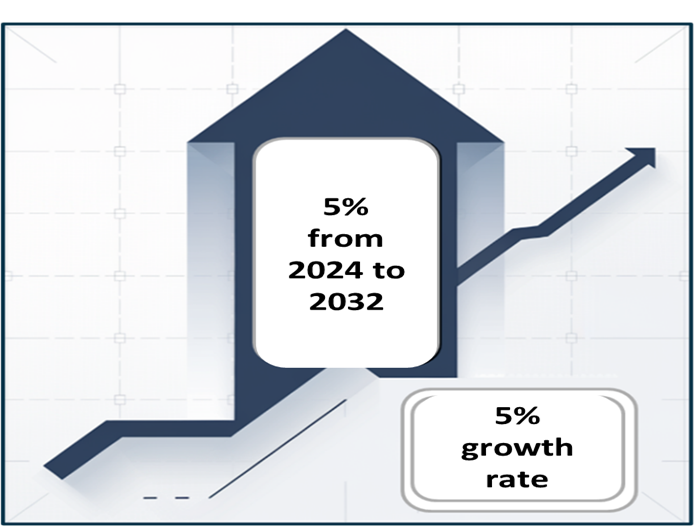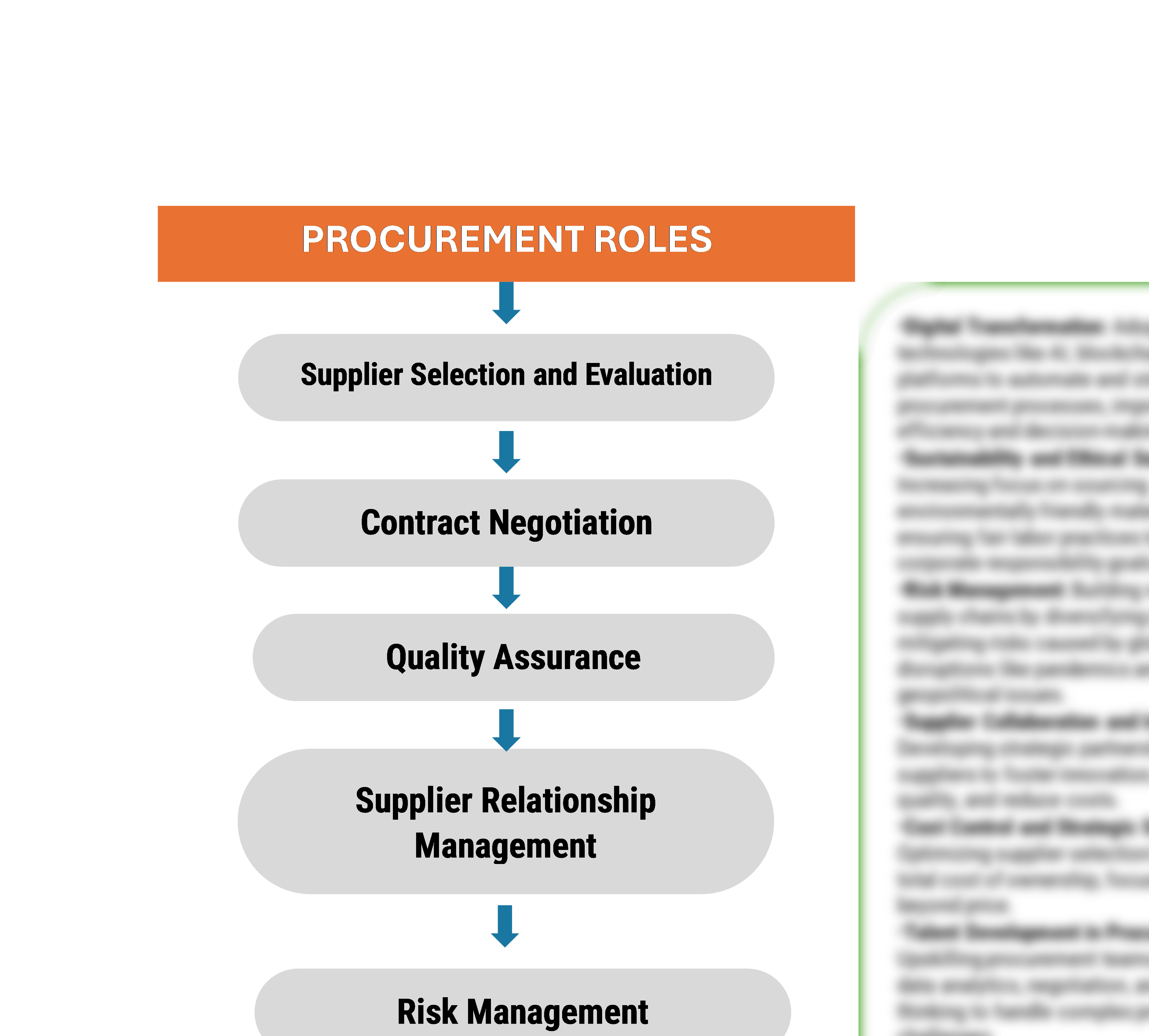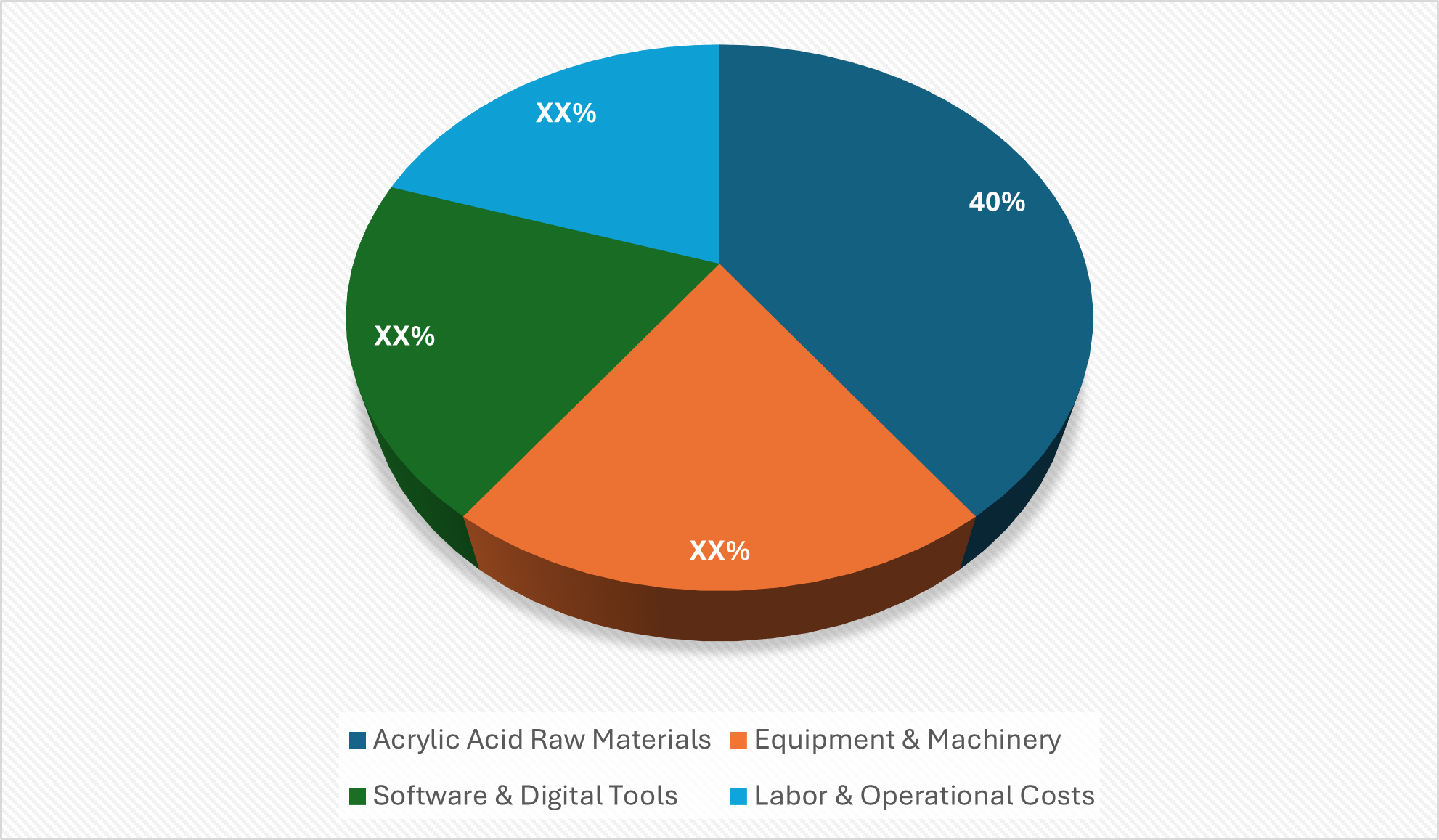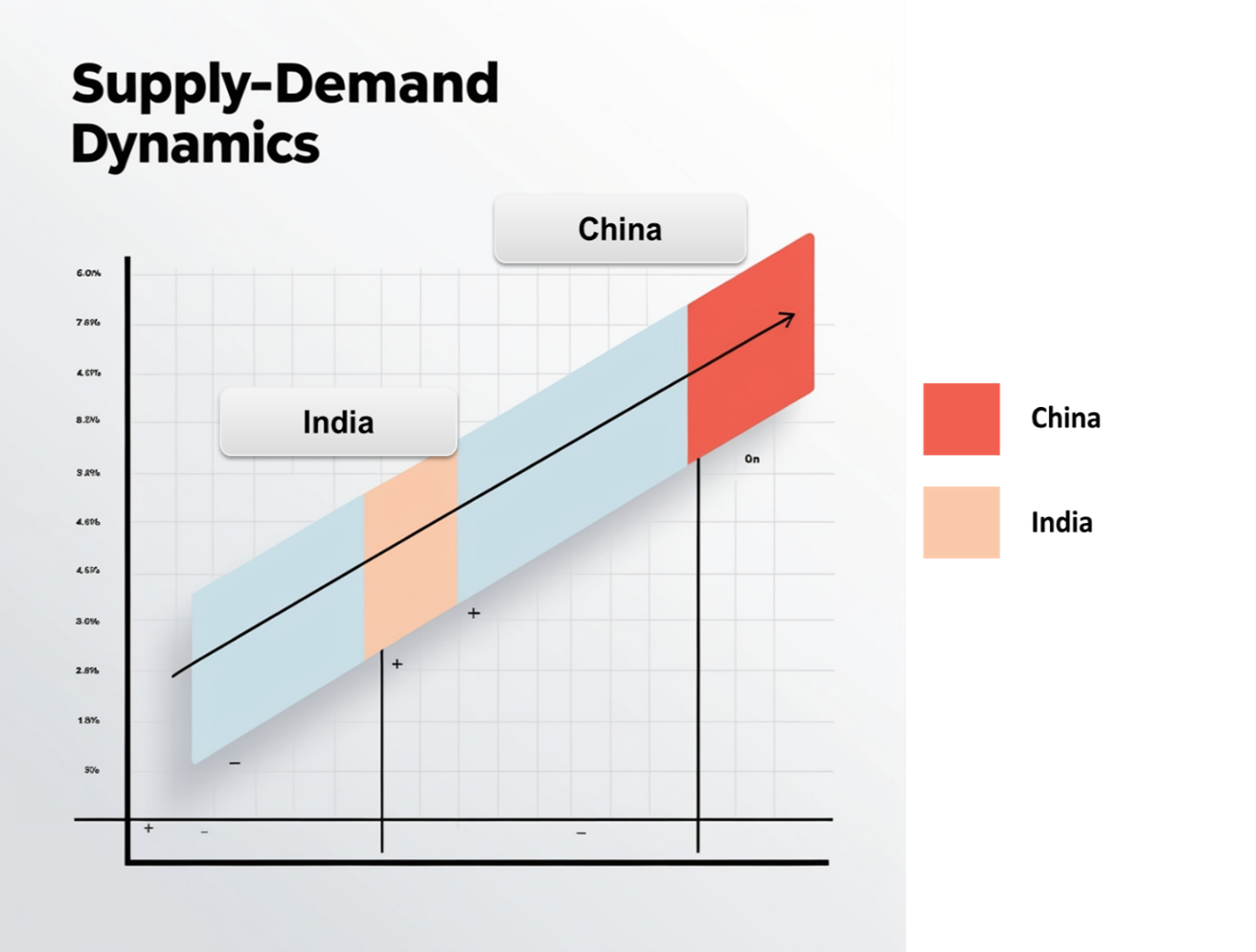The global acrylic acid market is witnessing significant growth, fueled by its increasing application in various industries, including adhesives, paints, and coatings, as well as textiles and plastics. Acrylic acid serves as a crucial raw material for superabsorbent polymers (SAPs), widely used in personal care products and hygiene applications. This report presents a comprehensive analysis of procurement trends in the acrylic acid market, emphasizing cost optimization strategies, supply chain dynamics, and the importance of digital procurement tools for enhancing sourcing accuracy. Additionally, we address future procurement challenges and emphasize the importance of digital procurement tools in accurately forecasting market needs to keep clients ahead in this dynamic landscape. Strategic sourcing and procurement management play a crucial role in streamlining the procurement process for acid development. As competition intensifies, companies are leveraging market intelligence solutions and procure analytics to optimize their supply chain management systems. The outlook for the acrylic acid market remains robust, with several key projections and trends shaping its growth through 2032: Growth rate: 5 % Growth Drivers Recent analysis indicate that the acrylic acid market is experiencing volatile pricing due to fluctuations in raw material availability and production costs. Market reports provide detailed cost breakdowns, including projections for acrylic acid prices and insights into supply chain dynamics. By leveraging these insights, companies can refine their procurement strategies, manage costs effectively, and make informed decisions regarding sourcing materials. With real-time data and industry-specific forecasts, stakeholders are better equipped to optimize their investments in the acrylic acid market, maximizing profitability while adapting to evolving industry demands. Procurement Intelligence for the Acrylic Acid Market: Category Management and Strategic Sourcing To stay ahead in the acrylic acid market, companies are optimizing procurement strategies, leveraging spend analysis solutions for vendor spend analysis, and enhancing supply chain efficiency through supply market intelligence. Procurement category management and strategic sourcing are becoming vital in achieving cost-effective procurement and ensuring timely availability of essential raw materials for acrylic acid production. With increasing demand for high-quality acrylic acid in industries such as adhesives, coatings, and superabsorbent polymers, it is crucial for companies to strategically manage their supplier base and identify cost-effective sourcing opportunities. Additionally, improving supplier performance and strengthening vendor relationships are key to maintaining a competitive edge in this dynamic market. Acrylic Acid Market Pricing Outlook: Spend analysis The acrylic acid market is currently undergoing dynamic pricing trends, primarily influenced by fluctuations in raw material costs, production capacities, and demand from key end-use industries. As acrylic acid is a vital component in products such as superabsorbent polymers, paints, and adhesives, pricing is heavily impacted by its wide range of applications. Comprehensive Price Forecast Our in-depth analysis reveals a projected upward price trend for acrylic acid driven by several key factors: Cost Breakdown for the Acrylic acid: Total cost of ownership TCO and cost saving opportunities Optimizing procurement strategies in the acrylic acid market offers significant cost-saving opportunities. Collaborative purchasing of raw materials like propylene allows companies to leverage bulk buying for discounts. Utilizing process optimization tools, such as real-time monitoring and data analytics, can minimize production waste and reduce costs. Investing in energy-efficient production technologies lowers utility expenses, enhancing overall profitability. Establishing strategic supplier partnerships provides favorable terms, such as flexible payment options and volume discounts, improving cash flow. Additionally, integrating digital supply chain management tools streamlines procurement, reduces lead times, and enhances inventory control. These strategies promote sustainability while maximizing production efficiency and profitability in the acrylic acid market. Supply and Demand Overview of the Acrylic Acid Market: Demand-Supply Dynamics and Buyer Intelligence for Effective Supplier Relationship Management (SRM) The acrylic acid market is experiencing robust growth driven by increasing demand from industries such as adhesives, coatings, superabsorbent polymers, and textiles. Demand is particularly high due to the rising need for eco-friendly and durable materials, supported by innovations in polymerization technologies and sustainability trends Demand Factors: Supply Factors: Regional Demand-Supply Outlook: Acrylic Acid Market in the Asia-Pacific Region Asia-Pacific: Emerging Leader in the Acrylic Acid Market The Asia-Pacific region, especially countries like China, Japan, and India, is rapidly becoming a dominant player in the global acrylic acid market, characterized by: Asia Pacific region remains a key hub for acrylic acid market growth Supplier Landscape: Supplier Negotiations and Strategies in the Acrylic Acid Market The supplier penetration in the acrylic acid market is substantial, with a growing number of global and regional players contributing to the production and supply of acrylic acid and its derivatives. These suppliers play a critical role in shaping the overall market dynamics, impacting pricing, innovation, and accessibility. The market is highly competitive, with suppliers ranging from large multinational chemical giants to specialized firms focused on developing sustainable and innovative acrylic acid solutions. Currently, the supplier landscape is characterized by significant consolidation among top-tier chemical companies, which dominate the market share. However, emerging companies and startups are expanding their presence by focusing on niche applications, eco-friendly manufacturing processes, and developing new acrylic acid-based products that cater to the growing demand for sustainability in various industries. Some of the key suppliers in the acrylic acid market include: Key Development: Procurement Category Significant Developments: Key Development Description Impact Increased Production Capacity Major suppliers like BASF and Dow are expanding production facilities. Enhanced supply stability to meet rising demand. Sustainability Initiatives Focus on bio-based acrylic acid and eco-friendly production processes. Promotes sustainable practices and reduces environmental impact. Technological Innovations Advancements in manufacturing processes, including improved catalysts. Increases efficiency and lowers production costs. Growing Applications Expanding use of acrylic acid in adhesives, coatings, and personal care products. Diversifies market opportunities and drives demand. Strategic Partnerships and Collaborations Alliances between suppliers and technology firms for R&D and innovation. Enhances product offerings and accelerates market entry. Procurement Attribute/Metric Details Market Sizing The global acrylic acid market is projected to grow from USD 17.7 billion in 2024 to USD 21 billion by 2032, with a CAGR of 5% (2024-2032). Procurement Technology Adoption Rate 40% of acrylic acid manufacturers are integrating automation, digital tracking, and analytics to improve procurement and supply chain operations. Top Procurement Strategies for 2024 Focus on digital transformation, supplier diversification, risk mitigation, and sustainable sourcing practices. Procurement Process Automation 30% of acrylic acid procurement teams have automated key activities, including supplier selection and order processing. Procurement Challenges Key challenges include volatility in raw material prices, supply chain interruptions, environmental regulations, and sourcing from diverse regions. Key Suppliers Major suppliers in the acrylic acid market include BASF, Dow Chemical, LG Chem, and Mitsubishi Chemical, offering a range of acrylic acid and its derivatives. Key Regions Covered North America, Europe, Asia-Pacific, and Rest of the World, with a specific focus on China, the U.S., Germany, and Japan due to significant production capacities. Market Drivers and Trends Growth driven by increased demand from end-user industries such as superabsorbent polymers (SAP), paints and coatings, and adhesives. Notable trends include the push for eco-friendly production processes and rising investments in sustainable technology. Acrylic Acid Market Overview

Key Trends and Sustainability Outlook
Overview of Market Intelligence Services for the Acrylic acid Market


Cost-Saving Opportunities in the Acrylic Acid Market: : Negotiation Lever and Purchasing Negotiation Strategies




Frequently Asked Questions (FAQ):
Our procurement intelligence services provide an in-depth analysis of the global supplier landscape for acrylic acid. We offer insights into supplier performance, pricing trends, market dynamics, and sourcing strategies to ensure cost-efficient and reliable procurement.
We evaluate the Total Cost of Ownership (TCO) for acrylic acid by analyzing raw material costs, transportation, storage, and environmental compliance expenses. Our comprehensive TCO analysis supports long-term financial planning and cost optimization.
Our risk management framework identifies potential supply chain disruptions, market volatility, and regulatory changes. By implementing contingency plans, diversifying suppliers, and monitoring market conditions, we help you mitigate procurement risks effectively.
Our Supplier Relationship Management (SRM) services enable you to build strong, collaborative partnerships with acrylic acid suppliers. We focus on negotiating favorable terms, ensuring quality consistency, and fostering long-term relationships for strategic benefits.
We provide a detailed guide to procurement best practices, including strategic sourcing, supplier benchmarking, cost modelling, and contract management. These practices ensure efficient procurement and support strategic decision-making.
Digital tools like data analytics, spend analysis, and real-time market monitoring enhance procurement efficiency. Our solutions integrate automation and advanced analytics to streamline sourcing, improve supplier evaluation, and optimize procurement processes.
Supplier performance management helps assess suppliers based on delivery timelines, quality metrics, and regulatory compliance. Our tools and frameworks ensure continuous evaluation, enabling you to select and retain the best-performing suppliers.
We provide negotiation strategies supported by market intelligence and pricing benchmarks. These strategies help you secure competitive pricing, volume discounts, and flexible terms, ensuring maximum value in procurement contracts.
Our market analysis tools deliver insights into global trends, price forecasts, supplier market share, and production capacities. These tools assist in identifying sourcing opportunities and improving purchasing decisions.
Our services include regulatory compliance guidance for acrylic acid procurement. We help you navigate industry-specific regulations and ensure that all suppliers meet environmental, safety, and quality standards.
We recommend strategies like multi-sourcing, establishing backup suppliers, and maintaining safety stock. Our market monitoring and supply chain insights enable you to proactively address potential disruptions.
Using our supplier performance tracking tools, you can monitor key metrics such as delivery reliability, quality consistency, and cost competitiveness. Regular evaluations ensure transparency and support informed procurement decisions.
Our sustainability assessments help identify suppliers employing eco-friendly production methods, such as bio-based acrylic acid and energy-efficient technologies. This ensures alignment with your organization's environmental and ethical standards.
We analyze market pricing trends, supply-demand dynamics, and cost drivers to help you secure competitive pricing. Our insights support negotiations and ensure you achieve the best value while maintaining quality.
We provide a detailed analysis of market opportunities, including growth in superabsorbent polymers and coatings applications, as well as risks like raw material volatility and regulatory challenges. This helps you align procurement strategies with market trends and demands.
Table of Contents (ToC)
1. Executive Summary: Market Overview, Procurement Insights, and Negotiation Leverage
• Acrylic Acid Market Overview
• Key Highlights
• Supply Market Outlook
• Demand Market Outlook
• Category Strategy Recommendations
• Category Opportunities and Risks
• Negotiation Leverage and Key Talking Points
• Impact of Macroeconomic Factors (e.g., COVID-19, Inflation)
2. Research Methodology: Procurement Intelligence, Market Analysis, and Spend Analysis Tools
• Definition and Scope
• Research Objectives for the Acrylic Acid Market
• Data Sources and Approach
• Assumptions and Limitations
• Market Size Estimation and Forecast Methodology
3. Market Analysis and Category Intelligence
• Market Maturity and Trends
• Industry Outlook and Key Developments
• Drivers, Constraints, and Opportunities
• Regional Market Outlook within the Acrylic Acid Market
• Procurement-Centric Five Forces Analysis
• Mergers and Acquisitions (M&As)
• Market Events and Innovations
4. Cost Analysis, Spend Analysis, and Pricing Insights
• Cost Structure Analysis
• Cost Drivers and Savings Opportunities
• Total Cost of Ownership (TCO) Analysis
• Pricing Analysis and Expected Savings
• Billing Rate Benchmarking
• Factors Influencing Pricing Dynamics
• Contract Pointers and SLAs
• Market Cost Performance Indicators
• Risk Assessment and Mitigation Strategies
• Spend Analytics and Cost Optimization
5. Supplier Analysis and Benchmarking
• Acrylic Acid Supply Market Outlook
• Supply Categorization and Market Share
• Acrylic Acid Material Supplier Profiles and SWOT Analysis
• Supplier Performance Benchmarking
• Supplier Performance Evaluation Metrics
• Disruptions in the Supply Market
6. Technology Trends and Innovations
• Current Industry Technology Trends
• Technological Requirements and Standards
• Impact of Digital Transformation
• Emerging Tools and Solutions
• Adoption of Standardized Industry Practices
7. Procurement Best Practices
• Sourcing Models and Strategies
• Pricing Models and Contracting Best Practices
• SLAs and Key Performance Indicators (KPIs)
• Strategic Sourcing and Supplier Negotiation Tactics
• Industry Sourcing Adoption and Benchmarks
8. Sustainability and Risk Management: Best Sustainability Practices
• Supply Chain Sustainability Assessments
• Corporate Social Responsibility (CSR) Alignment
• Risk Identification and Assessment
• Contingency Planning and Supplier Diversification
• Holistic Risk Mitigation Strategies
9. Category Strategy and Strategic Recommendations
• Market Entry Strategies
• Growth Strategies for Market Expansion
• Optimal Sourcing Strategy
• Investment Opportunities and Risk Analysis
• Supplier Innovation Scouting and Trends
• Cross-Functional Collaboration Frameworks
10. Future Market Outlook
• Emerging Market Opportunities
• Predictions for the Next Decade
• Expert Opinions and Industry Insights
11. Appendices: Procurement Glossary, Abbreviations, and Data Sources
• Glossary of Terms
• Abbreviations
• List of Figures and Tables
• References and Data Sources








